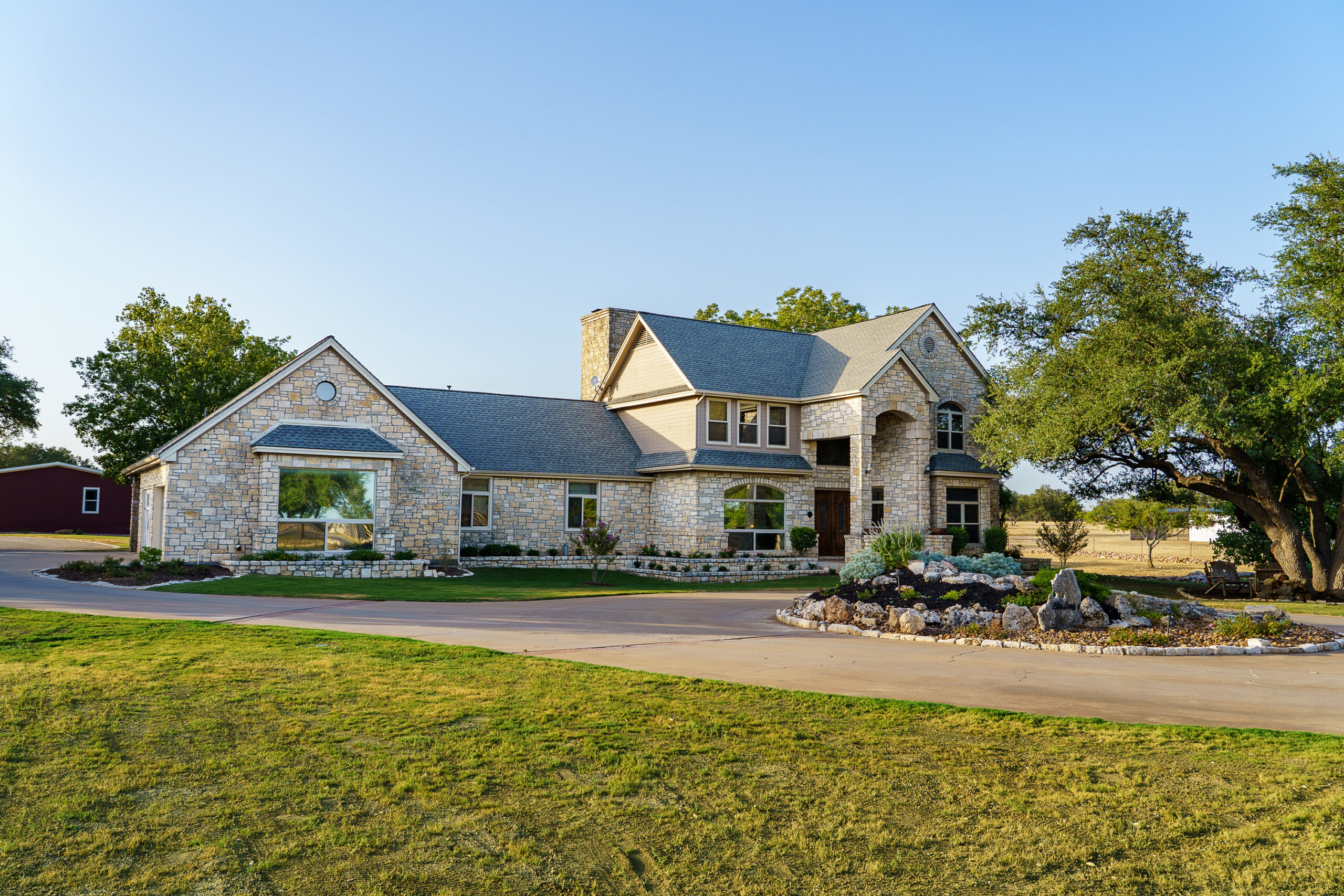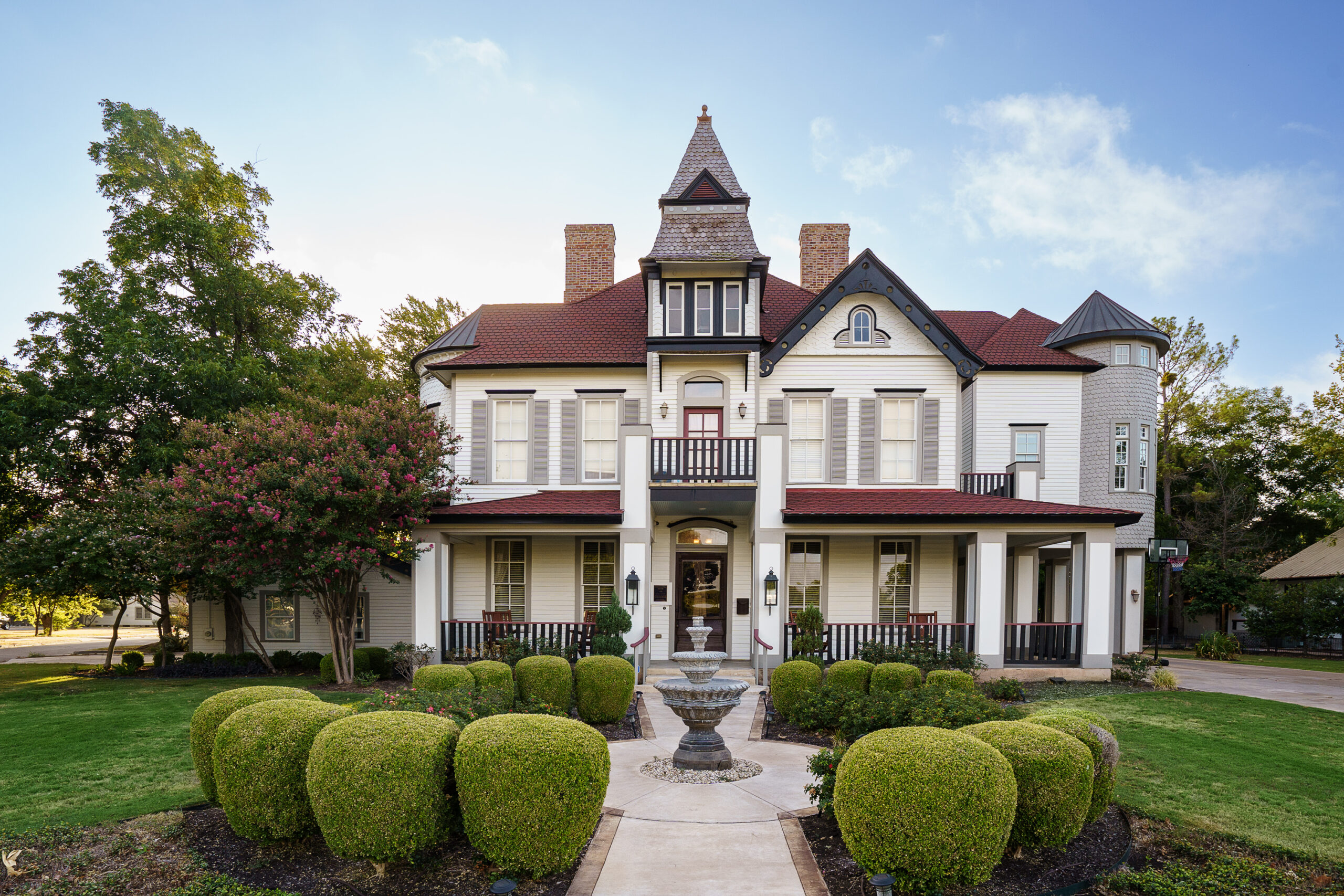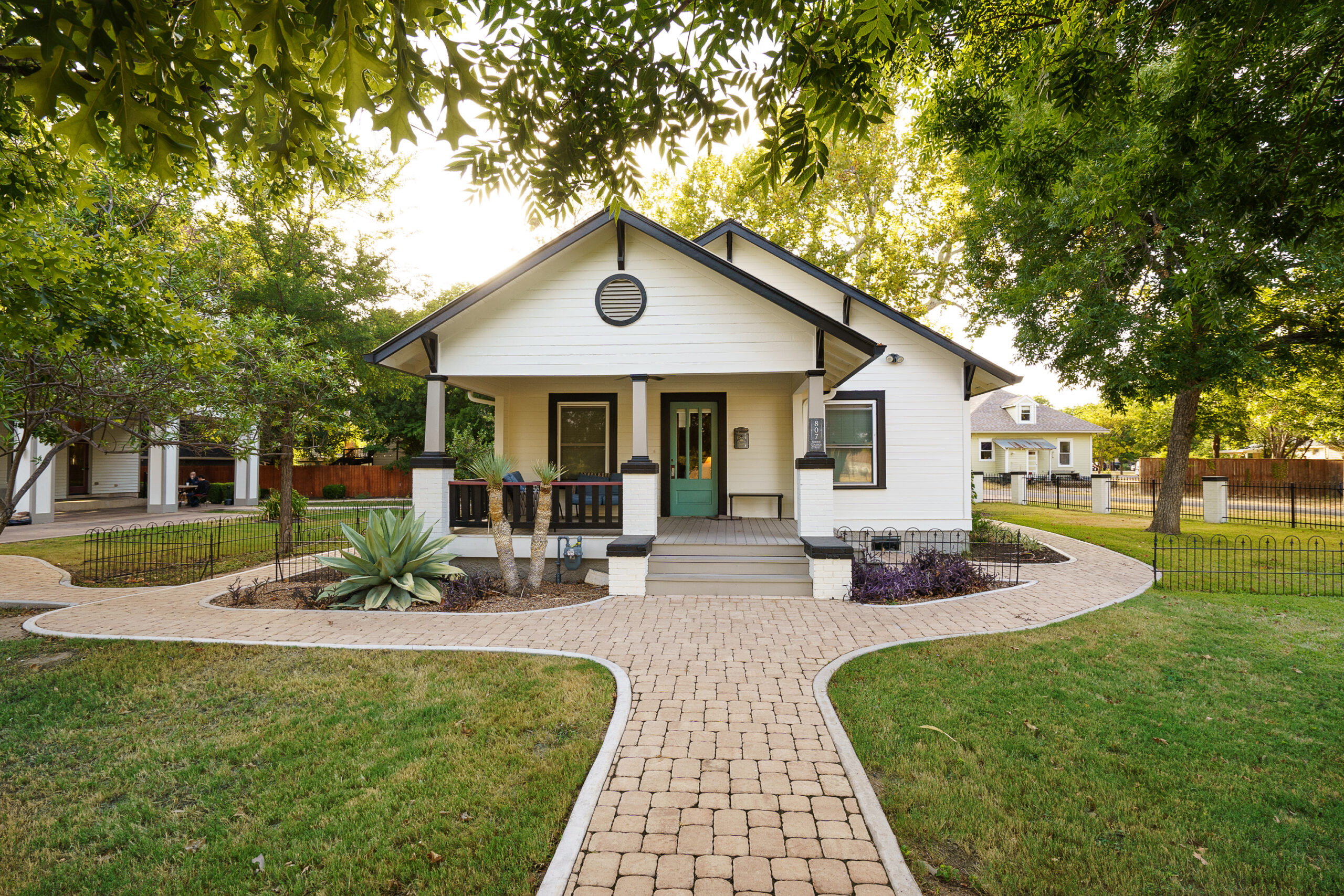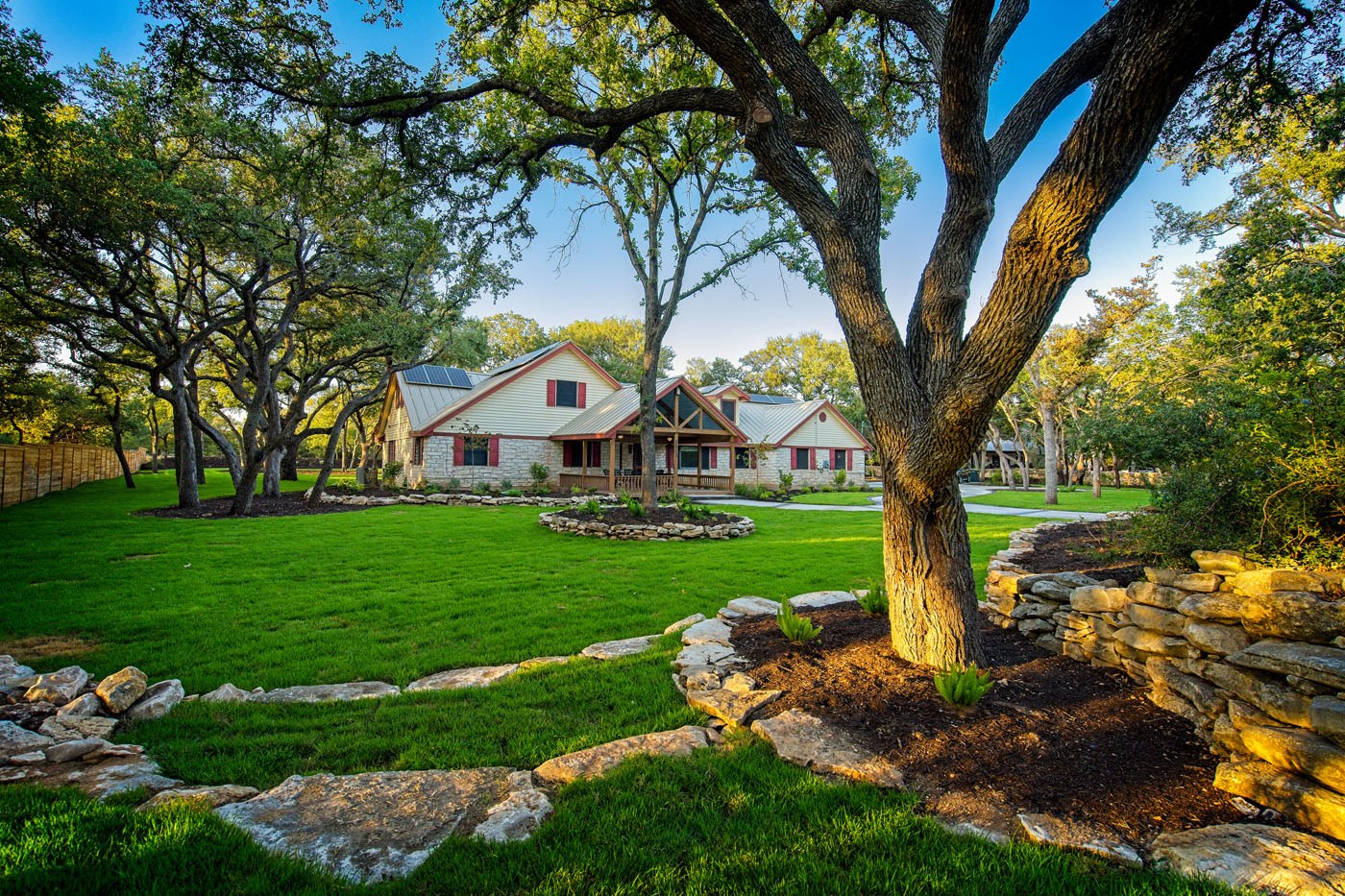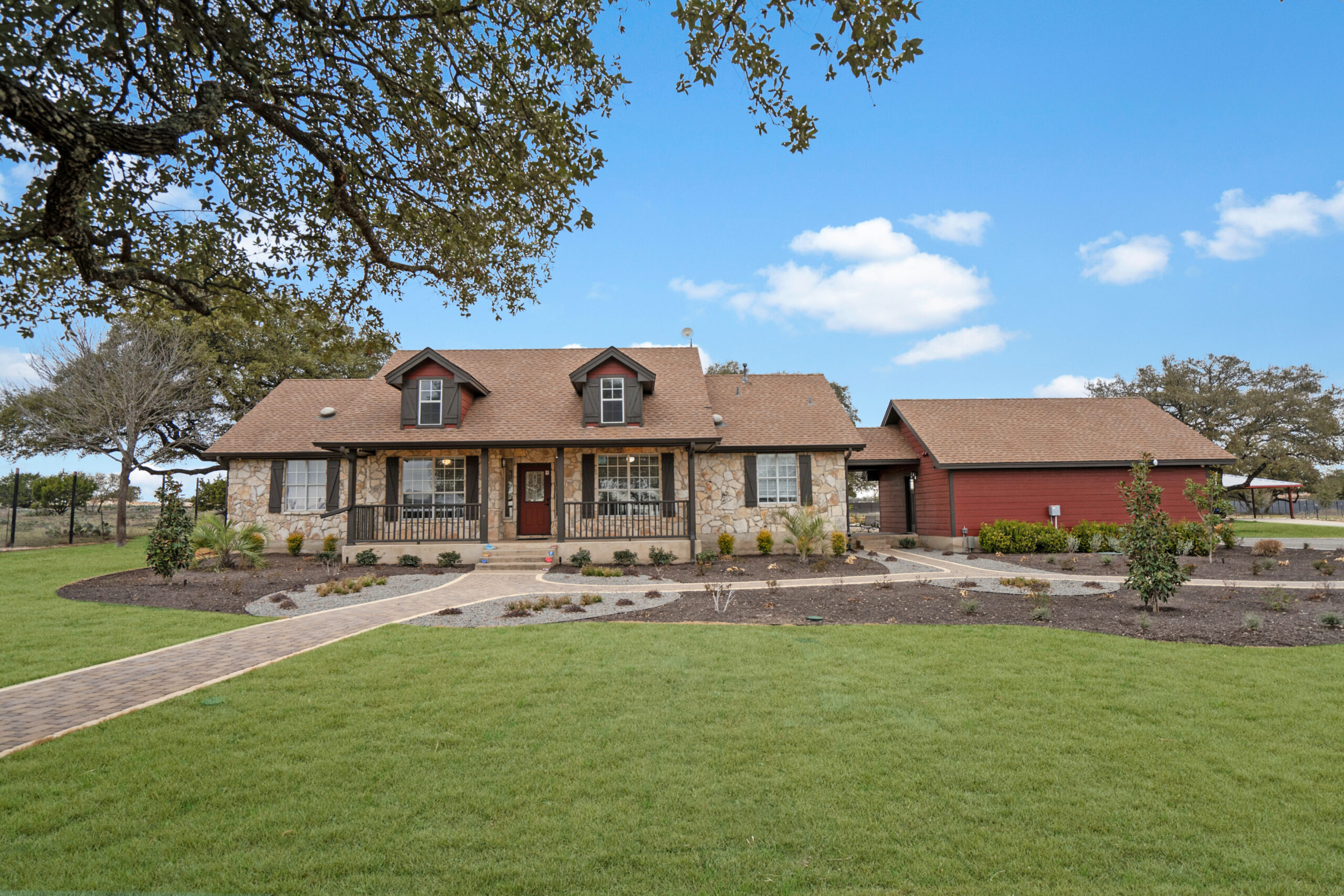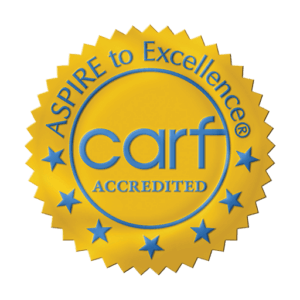
Inpatient Vs. Residential Treatment for Bipolar Disorder
Residential treatment for bipolar disorder represents a crucial lifeline for individuals grappling with the complexities of this mental health condition. At Alta Loma, nestled in the serene outskirts of Georgetown, Texas, the focus is on providing a structured environment that fosters emotional and psychological stability. This unique approach to treatment goes beyond the conventional modalities, diving deep into the root causes of mental illnesses and offering a holistic path to recovery.
Living with bipolar disorder can be an isolating experience, filled with highs and lows that affect one’s ability to function in everyday life. Recognizing this, Alta Loma has designed its treatment programs to address the multifaceted nature of bipolar disorder, ensuring that each resident receives personalized care tailored to their specific needs.
The Comprehensive Care Model at Alta Loma
The Importance of Personalized Care
Personalized care is at the heart of Alta Loma’s philosophy. Understanding that each person’s journey with bipolar disorder is unique, the treatment plans are meticulously crafted to match individual needs, incorporating a wide array of therapeutic modalities to ensure the most effective outcomes.
Multidisciplinary Approach to Treatment
Alta Loma’s multidisciplinary team of mental health professionals works collaboratively to provide a comprehensive treatment experience. This team includes psychiatrists, psychologists, therapeutic recreation specialists, and nutritionists, all working together to create a cohesive treatment plan that addresses both the mental and physical aspects of bipolar disorder.
Holistic Therapies and Recreational Activities
The therapeutic journey at Alta Loma transcends traditional therapy and medication management. Recognizing the importance of a holistic approach, the center incorporates various forms of recreational therapy, including art and music therapy, outdoor activities, and a strong emphasis on nutrition and wellness. These elements are integral to the healing process, allowing individuals to explore new hobbies and interests that contribute to their overall wellbeing.
Integrating into Society: The Ultimate Goal
One of the core objectives of residential treatment for bipolar disorder at Alta Loma is preparing residents for successful reintegration into society. The programs are meticulously designed to equip individuals with the tools and skills necessary for independent living, focusing on vocational training, educational opportunities, and community engagement. Life after residential treatment is a journey of continuous growth, and Alta Loma lays the foundation for a future where individuals can thrive despite their diagnosis.
Transitioning from a structured treatment environment back into the community can be challenging. Alta Loma’s approach to this transition is as individualized as the treatment plans themselves. With a focus on gradual reintegration, residents are encouraged to engage with the community at their own pace, supported by ongoing therapy and support groups tailored to their needs.
Family Involvement in the Recovery Process
Families play a pivotal role in the recovery journey of individuals with bipolar disorder. Alta Loma fosters a supportive environment where families are encouraged to be actively involved in the treatment process. Through family therapy sessions and educational programs, loved ones gain a deeper understanding of bipolar disorder and learn strategies to support their family member’s journey to wellness.
Engaging families in the treatment process not only strengthens the support network for the resident but also helps heal and fortify family relationships. This collaborative approach ensures a solid foundation for the individual’s long-term recovery and mental health stability.
Success Stories: Real-life Impact
At Alta Loma, success stories abound, each one a testament to the transformative power of comprehensive, personalized care. From individuals who have regained control over their lives and returned to their careers and studies, to those who have rebuilt relationships with their families and forged new connections in their communities, the impact of residential treatment for bipolar disorder is profound and far-reaching.
Anecdotal evidence from former residents highlights the effectiveness of Alta Loma’s approach. Many speak of a newfound sense of hope and the skills and strategies they’ve learned to manage their symptoms and prevent relapse. These stories are not just about overcoming bipolar disorder; they’re about rediscovering joy, purpose, and fulfillment in life.
Taking the Next Step Towards Recovery
Choosing to enter residential treatment for bipolar disorder is a significant, life-changing decision. At Alta Loma, the journey towards healing and wellness is supported by a compassionate team, evidence-based therapies, and a community of peers who understand the challenges and victories that come with living with bipolar disorder.
If you or a loved one is struggling with bipolar disorder, reaching out for help is the first step towards reclaiming your life. Alta Loma is more than just a treatment center; it’s a place where healing begins, and lives are transformed. Contact Alta Loma today to learn more about their programs and how they can help you or your loved one start the journey towards lasting recovery.

What is the most effective treatment for bipolar disorder?
The cornerstone of effective treatment for bipolar disorder combines medication management, therapy, and lifestyle modifications. Medication, such as mood stabilizers and antipsychotics, addresses the chemical imbalances in the brain, providing a foundation for stability. Therapy, including cognitive behavioral therapy (CBT), helps individuals develop coping strategies and understand their patterns of thought and behavior. Lifestyle changes, such as regular exercise and sleep, further enhance emotional stability and overall well-being. At Alta Loma, we personalize each individual’s treatment plan to address their unique needs, ensuring a holistic approach to recovery.
Where can people with bipolar live?
People with bipolar disorder have several living options depending on their needs and the severity of their condition. Many live independently, managing their condition with outpatient support. However, for those in need of more structured support, residential treatment facilities like Alta Loma offer a safe and therapeutic environment. These facilities provide a structured program that includes therapy, medication management, and support with everyday living tasks, all within a community of peers and professionals who understand the challenges of bipolar disorder.
Where can people with bipolar get help?
Help for bipolar disorder is available from multiple sources. Outpatient care, including psychiatrists, psychologists, and support groups, can provide ongoing treatment and support. For those requiring more comprehensive care, residential treatment facilities offer an immersive healing environment. Alta Loma, for instance, specializes in long-term mental health treatment, providing personalized care plans that address both the psychological and physical aspects of bipolar disorder. Additionally, online resources and hotlines can provide immediate support and guidance in finding the right treatment path.
What is end stage bipolar disorder?
End stage bipolar disorder is a term not commonly used in the medical community because it inaccurately suggests a terminal phase of the illness. Bipolar disorder is a lifelong condition characterized by mood episodes ranging from manic highs to depressive lows. However, with the right treatment approach, individuals can manage their symptoms effectively and lead fulfilling lives. At Alta Loma, we focus on comprehensive care that aims not just to manage symptoms but to improve overall life satisfaction and functionality, revealing the potential for stability and recovery in what may seem like the most challenging cases.
How do holistic therapies enhance treatment for bipolar disorder?
Integrating holistic therapies into the treatment plan for bipolar disorder offers a more comprehensive approach to healing. These therapies, including art and music therapy, outdoor activities, and nutrition and wellness programs, support mental health by reducing stress, improving self-expression, and enhancing physical health. At Alta Loma, we’ve seen firsthand how these activities contribute to overall well-being, helping individuals build new hobbies and interests that support a balanced lifestyle, fostering a sense of accomplishment and personal growth.
What role does family involvement play in the recovery process?
Family involvement is crucial in the recovery process for individuals with bipolar disorder. Engaging families provides a deeper understanding of the condition, enabling them to offer more effective support. At Alta Loma, we include family therapy sessions and educational programs as part of the treatment plan, enhancing family dynamics and building a strong support network. This collaborative approach not only aids in the resident’s recovery but also empowers families, helping them to navigate the challenges of bipolar disorder together.
Why are success stories important in the treatment of bipolar disorder?
Success stories play a vital role in the treatment of bipolar disorder as they offer hope and inspiration to individuals and families navigating this challenging journey. Hearing about others who have successfully managed their symptoms and achieved personal goals provides tangible evidence of what can be accomplished with proper treatment and support. At Alta Loma, we celebrate these stories, as they underscore the effectiveness of our holistic and personalized approach to care, motivating both current and prospective residents to embrace the recovery process with optimism and determination.
